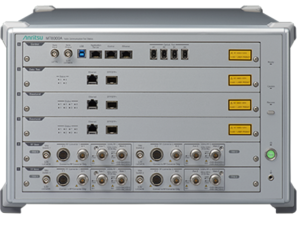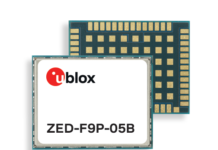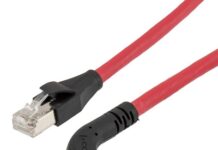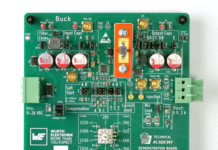
ETS-Lindgren and Anritsu Company continue their successful 5G test collaboration with the announcement of a dual band (FR1 and FR2) capable system utilizing ETS-Lindgren’s EMQuest EMQ-100™ Antenna Measurement Software and Anritsu’s Radio Communication Test Station MT8000A.
Several test scenarios on commercially available smart phones were completed on the system, including conducting power and sensitivity tests in an over-the-air (OTA) test environment to verify overall device performance.
James Young, Director of Business Development for ETS-Lindgren, stated, “This was an important milestone, as the test system characterized a commercially available 5G device without any special modes or connections. For test labs, most devices will be treated as a black box with no special access or knowledge of the device under test. The ability of the test system to establish a 5G connection in both FR1 and FR2 bands – stand alone or with an LTE anchor – and complete conformance and performance characterizations was a key achievement.”
ETS-Lindgren is actively upgrading present FR1 OTA test systems for sub-6 GHz 5G New Radio (5G NR), as well as building new FR2 systems with quiet zones as large as 1.5 meters for millimeter wave (mmWave) bands. The seamless integration of this hardware and software solution results in an efficient turnkey package for 5G NR test applications.
Anritsu’s Senior Business Development Manager Adnan Khan added, “Now, it is simply a matter of scale. Anritsu is adding conformance test cases weekly for GCF and PTCRB. As CTIA and 3GPP publish performance test cases, the breadth of the ETS-Lindgren and Anritsu products ensure the 5G investment can scale efficiently to maximize the equipment and chambers.”
The combination of ETS-Lindgren and Anritsu provides accurate and flexible turnkey solutions targeting 5G user, consumer premise or base station equipment developers and manufacturers. These systems are favored by test labs and OEMs to characterize and validate the 5G OTA performance of their designs.

















